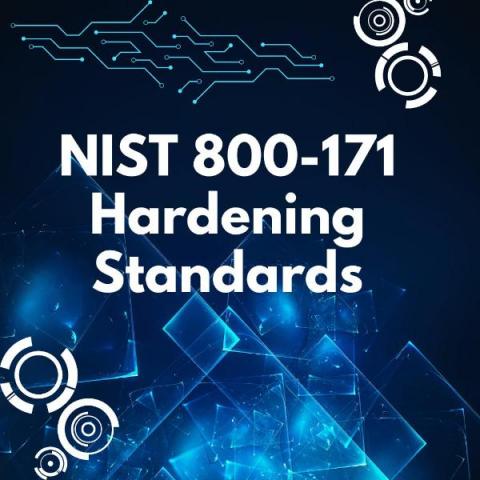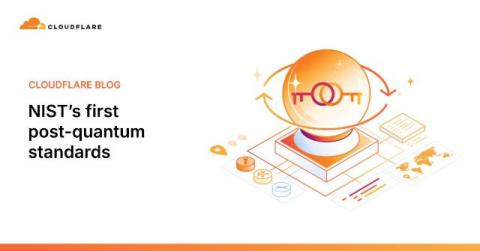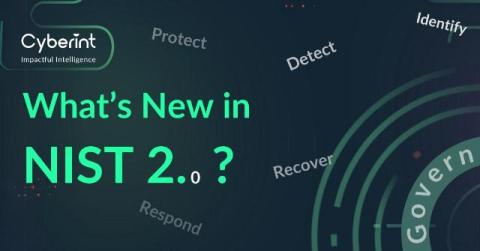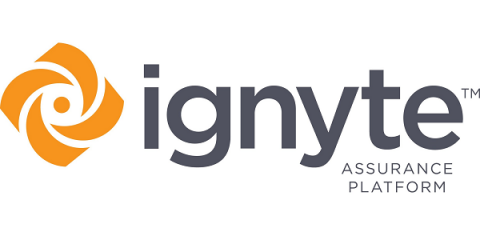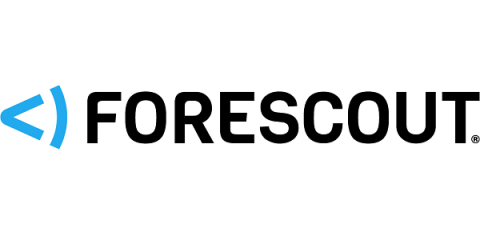NIST 800-171 Hardening Standards in 2024
The National Institute of Standards and Technology (NIST) is a US government agency that develops standards and guidelines for cybersecurity and technology. The purpose of these guidelines is to protect sensitive information, especially for those companies working with the government.


